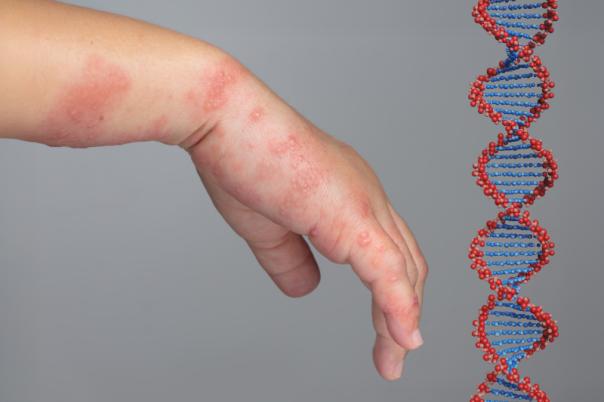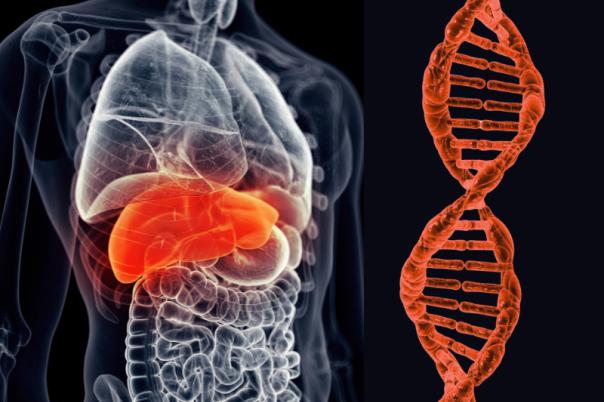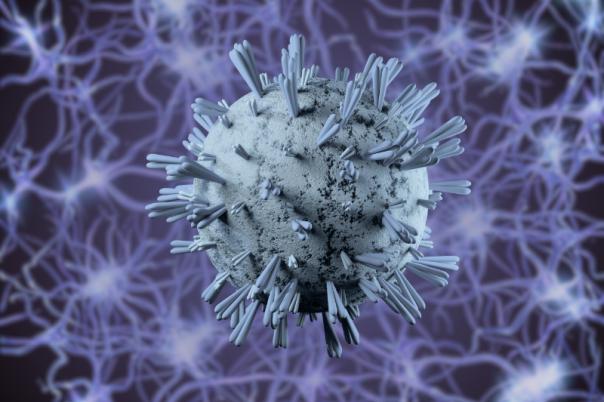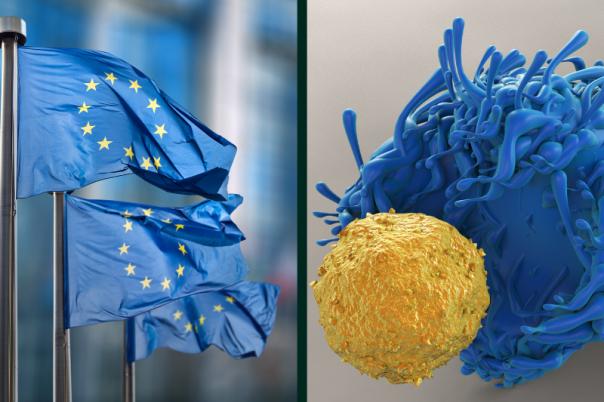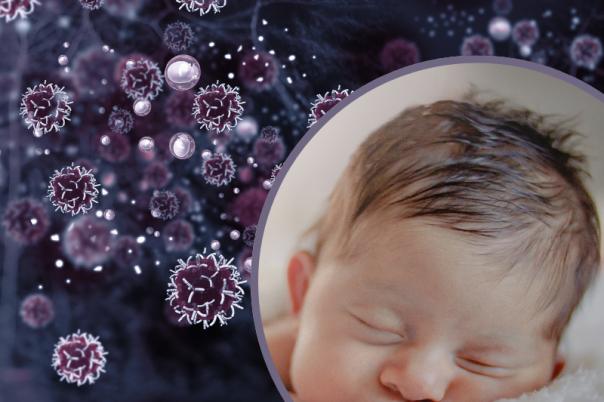The National Institutes of Health (NIH) have reported the successful delivery of a personalised gene editing therapy to an infant with carbamoyl phosphate synthetase 1 (CPS1) deficiency.
CPS1 deficiency is a rare and incurable genetic disease characterised by a disruption of the urea cycle which causes ammonia to build up in the blood. This can lead to severe toxicity in the brain and liver.
The only known treatments for the disease are a low protein diet until a liver transplant can be arranged and performed. However, this is often inadequate, with many dangerous and painful complications occurring on the way to transplantation.
In this study, with results published in the New England Medical Journal, the infant patient received a very low dose at six months old which was gradually escalated. The child was then able to begin with a slow increase in protein in their diet and ween off ammonia-reducing drugs.
At one point, the patient caught a cold and gastrointestinal illness, which could be very dangerous for a patient with CPS1-deficiency. However, the baby was able to make a full recovery, which indicated the efficacy of the gene therapy.
“We were very concerned when the baby got sick, but the baby just shrugged the illness off,” said the paper’s first author Kiran Musunuru.
The NIH which supported the team formed of researchers from the Children’s Hospital of Philadelphia (CHOP) and the Perelman School of Medicine at the University of Pennsylvania.
They developed the custom CRISPR-based therapy which corrected a CPS1 deficiency-causing gene mutation in the liver. This is the first known case of a personalised ‘N-of-1’ therapy using the CRISPR gene editing technology.
Joni L. Rutter, director of NIH’s National Center for Advancing Translational Sciences (NCATS), commented: “As a platform, gene editing – built on reusable components and rapid customization – promises a new era of precision medicine for hundreds of rare diseases, bringing life-changing therapies to patients when timing matters most: Early, fast, and tailored to the individual.”
This development offers hope for the future of treating rare genetic disease. The prospect of a successful highly personalised N-of-1 therapy for such indications could open up the possibility for further trials in this vein.


